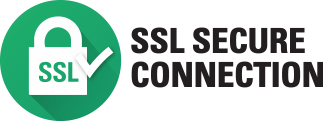Choosing the Right ID Printer with Hologram Capability
Choosing the right ID printer with hologram capability is critical you’re looking to strengthen security, discourage counterfeiting and protect what matters most to your organization.
Today, security breaches and identity theft are on the rise. Businesses that want to protect themselves from information leaks and unauthorized people entering their offices, warehouses and factory floors are using custom hologram ID cards to deter theft and keep their employees safe.
The Best Defense is a Good Offense with a hologram ID printer
Information leaks, identity theft and unauthorized entry are risks that businesses like corporations, government offices and universities are confronted with daily. Theft and ID security breaches can cost businesses millions of dollars a year and can put their employees safety and personal information at risk.
Now more than ever before, it’s vital to take a proactive stance on security and invest in a quality hologram ID printer.
Generic and Custom Hologram Laminates
Nowadays, there are many generic and custom laminates that can be used to protect a hologram identification card from daily wear and tear and counterfeiting.
Before making a decision on how to protect an holographic id card, you’ll want learn more about the following types of laminates and hologram security options:
- Patch laminates for ID card printer laminators
- Thin film laminates for ID card printer laminators
- Hot stamping foils produced prior to printing
- Magicard Holokote printers
Patch Laminate Options for an ID Card Hologram Printer
Patch laminates offer highly durable protection for id card holograms. These types of laminates offer increased scratch resistance and card life. Patch laminates also make it more difficult to counterfeit or alter your organization’s id cards.
Laminate patches are available in clear and holographic materials. They can also be applied over cardstock printed with dye sublimation, resin and retransfer printing technology.
Patch laminates come in a variety of thicknesses:
- 0.5 mil (12 microns)
- 0.6 mil(15 microns)
- 1.0 mil (25 microns)
For added card life, the 1.0 mil (25 micron) patch offers an additional UV blocking layer add-on to reduce fading from exposure to direct sunlight.
Thin Film Laminates for a Security Hologram Printer
A thin film laminate is used to protect a holographic id card. This type of laminate provides an edge-to-edge thin covering that helps protect against counterfeiting and increases durability and card life. Thin film laminate comes in clear and holographic material, can be applied over card stock printed with a dye sublimation technique, resin and retransfer printing technologies.
Thin film laminates come in a variety of thicknesses:
- .75 mil (19 microns)
- 1 mil (25 microns)
When a thin film laminate is applied to a hologram id card, the thickness of the card becomes approximately .12 mils (3 microns).
Hot Stamping Foils for Hologram ID Cards
This type of laminate is applied to a hologram to give it a metallic aluminum, silver or gold look. Hot stamping foils can be applied to generic or custom holographic id cards made of PVC or other plastics, security documents, bank checks and other high-importance documents.
ID Card Printers with Laminators and Hologram Printing
- Fargo HDP5000
- IDP Smart50L
- Magicard Helix (laminator feature coming soon)
- Evolis Primacy Lamination
- Nisca PR-C151
- Fargo HDP5600
- Fargo DTC5500LMX
How to Choose Fargo Printer Generic and Custom Hologram Overlays for Your Company ID Cards
-
Choose your material:
- CR-80 Poly Guard, 0.6 mil, transfer film
- CR-80 Poly Guard, 1.0 mil
- Thermal Transfer Film
-
Choose your level of security lamination
High Security Option
Includes:
- High-resolution (1200 dpi) company logo
- A choice of 4 different Visual Security Elements (VSEs) designed into the logo’s holographic image
- Registered holographic image placement; produces a counterfeiting-reducing precise image placement on each hologram id card
Secure Option
Includes:
- Low resolution (200 dpi) company image with design review prior to manufacturing commitment
-
For High Security purchasers; select 3 visual security elements (VSEs) and image orientation:
Image Orientation Options:
- Portrait
- Landscape
Visual Security Elements (VSEs; Choose any 4)
- 2D & 3D
- Fine Line
- Flip Images
- Hidden Text*
- Micro Text*
- Morphing
- Nano Text*
- Pseudo Color
*text file required
If you’re looking for added security and protection against counterfeiting, but don’t want to spend more on custom, expensive laminate options, Magicard ID printers have a great cost-effective, built-in security feature called Holokote.
Holokote, prints a secure watermark on an id card’s surface. It is created using the same overlay panel that would support a standard ribbon or film, so it doesn’t add any additional costs unlike custom laminates.
Magicard Holokote Security Hologram Printer Options:
- Magicard Rio Pro– has built-in Holokote security technology and the option to customize the watermark for your company’s logo or security design, which can be tiled or stretched across id cards.
- – has built-in Holokote security technology and the option to customize the watermark for your company’s logo or security design, which can be tiled or stretched across id cards. This printer can have up to 10 unique Holokote designs.
- Magicard Enduro 3E– offers standard designs that can be toggled on and off through the printer’s driver.
*The Magicard Prima4 printer does not offer Holokote security technology.
Security Features for ID Card Holograms
It’s important to choose a composite card when opting for custom laminate because t a PVC card can’t stand up to the high temperatures of the lamination because polyester absorbs more heat.
What You Need to Know About ID Card Holograms
A true hologram like the ones featured on major credit cards such as Visa and Mastercard is produced by laser technology. This method of hologram technology can run several thousands of dollars and isn’t worth it unless your organization plans on producing a minimum of 100,000 cards.
However, while a laser cut, custom hologram might not be right or cost-effective for your organization, there are a several security features and hologram-like id card security features to choose from.
If you’re looking for a cost-effective holographic id card solution, then you may want to take your logo (it can be virtually any shape or symbol ) and have your logo ‘pressed’ into one of the many holographic patterns available that can include dots, concentric circles, diamonds and other designs, which make it virtually impossible for counterfeiters to reproduce.
How it works…
Keep in mind that the holographic foil pattern is pre-existing, and that you do not create a new, custom pattern. With this hologram id card printing process, the heated die head hits the holographic foil and transfers your logo (or symbol) to it.
For example, let’s say that your company logo is a globe and that the holographic foil you choose has concentric circles. With this hologram printing method, your star logo will feature a holographic pattern of concentric circles within the star’s outline or area, if filled.
Split-fountain/Rainbow Printing
Split-fountain or rainbow printing is a printing process that places dividers between colors of the printing press. It is a security features that prints a color spectrum across hologram id cards. For instance, colors will go from red-to-blue-to-red across the card, and where the colors meet it will appear purplish. This security feature makes it very difficult for counterfeiters to reproduce due the the high-cost of specialized equipment required for the process. Generally, the setup alone for rainbow printing starts at $4,000.
Color-shifting Ink
Color-shifting ink produces an effect that changes the colors based on how you hold or move your hologram id card. A great example of this technology is U.S. currency in dominations greater than $20 dollars. Passports also feature this technology, but certain colors are not available because they are used for governmental and ultra-high security purposes.
The screen charge for this process is about $250-$3000 for a minimum or a 10,000 cards. This process comes to less than 25 cents per card.
Guilloche Patterns
A guilloche pattern is a technique in which a precise, intricate and repetitive pattern is printed into an underlying id card. In security printing guilloche patterns go by geometric lathe and cycloidal engine techniques. The precision required to reproduce an exact guilloche pattern is extremely difficult to imitate and cost-prohibitive for counterfeiters.
Invisible Ink
Another security feature for your organization’s hologram id cards is invisible ink. Invisible ink requires a blacklight to be seen. Some of the color options are a neon yellow-green, blue and red. Red is the most expensive invisible ink color option because it requires multiple dyes to create the special pigment. Fore yellow-green and blue invisible ink printing on 10,000 card, the cost is about 10 cents per card. For red invisible ink, the cost is doubled at about 20 cents per card.
Also, the larger the area featuring invisible ink, the more expensive it will be to produce.
Hot stamping & hologram options without using an ID card laminator
Hot stamping is a security printing technique in which metallic foils are transferred to plastic hologram id cards or important documents. However, because the foils are transferred at very high temperatures, a composite card must be used to withstand the heat of the process.
One of the downsides of cost-effective hot stamping is that fine details such as the fine line commonly found on county or state seals are sacrificed. A good option is to go with a clear hologram and add your organization’s personalized information over it, which still makes the hard difficult to emulate because the foils that come in clear, gold and silver feature specific patterns.
Anti-copying/scanning Marks
Anti-copy security printing makes it difficult for counterfeiters to reproduce hologram id cards and other security documents. Anti-copy technology adds a hidden micro-text print to a hologram id card or security document. The area requires a magnifying lens or special Android phone app (iPhone app not available at this time) to decipher the hidden words.
U.S currency bills that are larger than $20 feature anti-copy technology and make it virtually impossible for people who do not have sophisticated training, machinery and technology to easily counterfeit currency.
When to Use a Hologram ID Card Printer
When a hologram is under a laminate nothing can be printed on the card. However, a clear laminate and a hologram ID card printer allows you to add personalization. The downside of a hologram embedded under a clear laminate is that it loses some of its sheen and sparkle. Certain foils work better than others under a laminate, but because the heat and pressure are so high during the lamination process, some metallic foils lose their iridescence.
When a hologram is on top of the plastic, it should not be printed over. The dye sublimation process over the top of the hologram can ruin a print head. However, the other areas of a hologram id card can be personalized.
Hologram id card printers are great options for companies who need to have variable information printed. Most holographic id card printers don’t have the capabilities to add high-end security features offered by sophisticated printing presses and laminators that run in the several hundred thousands of dollars. However, a holographic card printer gives your business to add personalization at a cost-effective price that can evolve with your organization’s needs.
Easy Badges has free consultations and quotes. Call us at 855-436-0527 or email sales@easybadges.com




 Chat
Chat




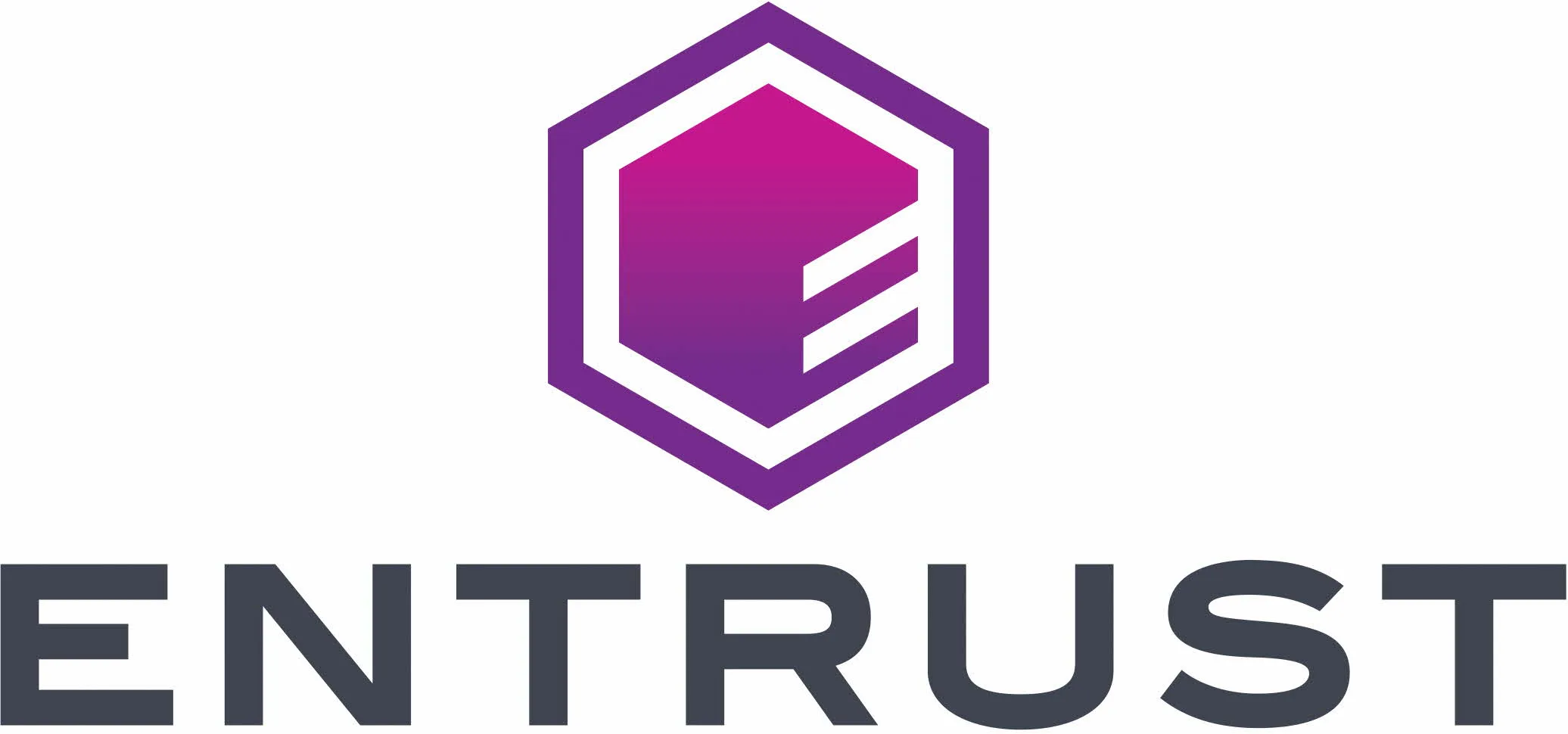







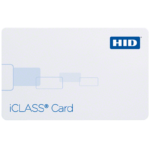

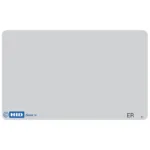
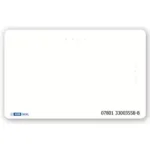

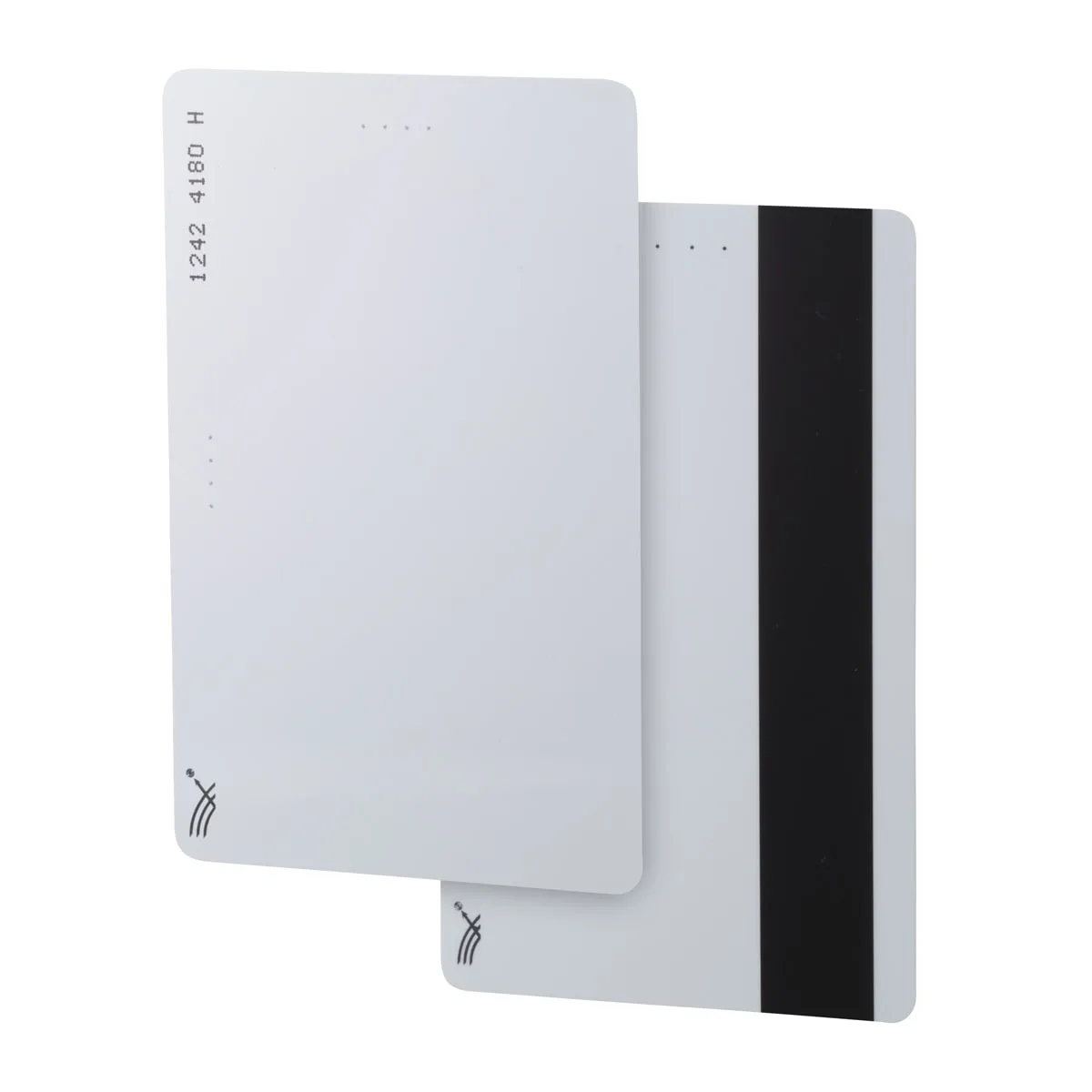
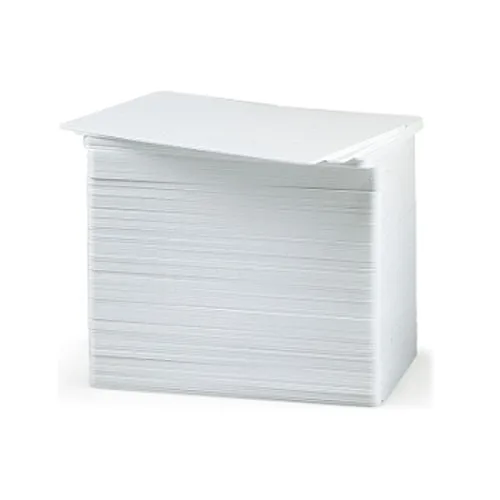
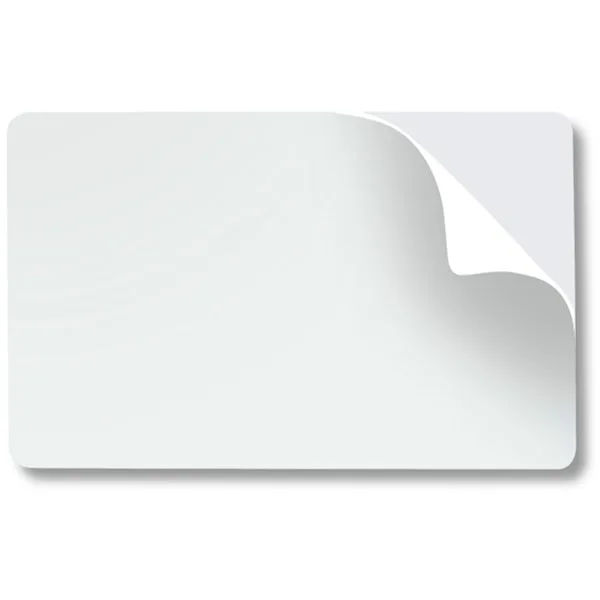

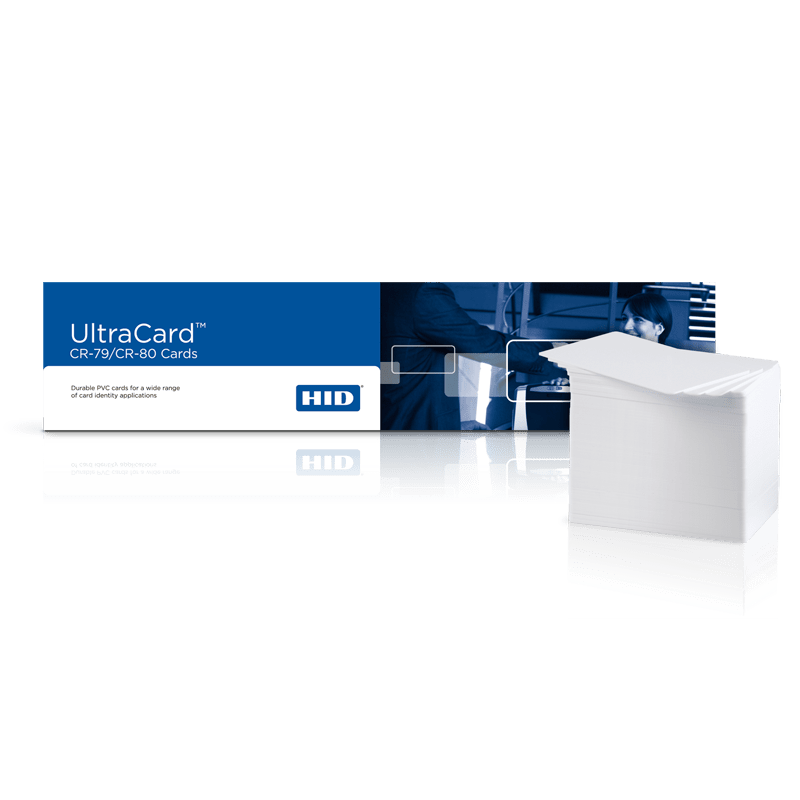

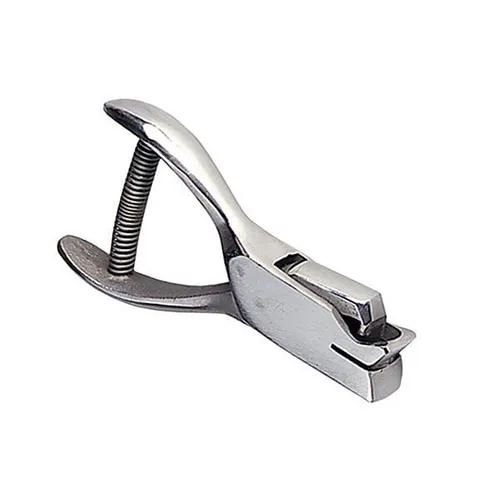
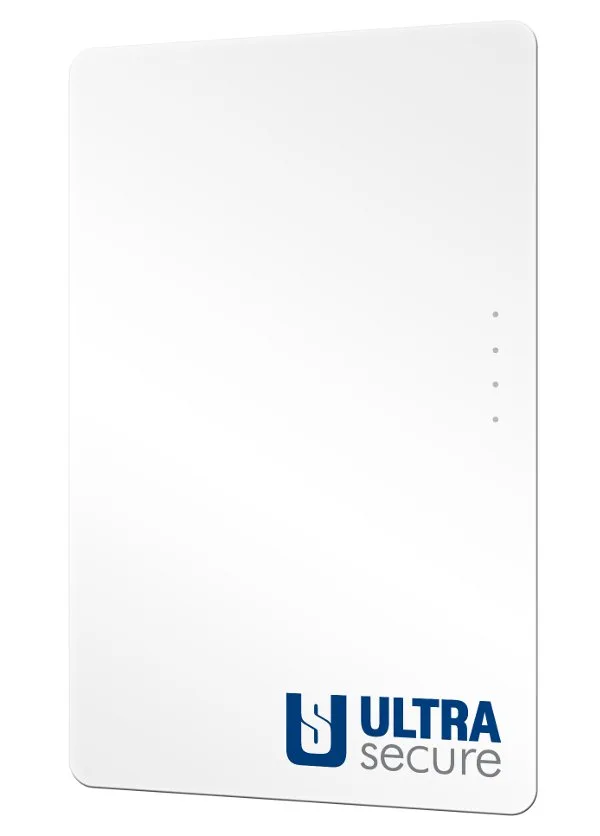



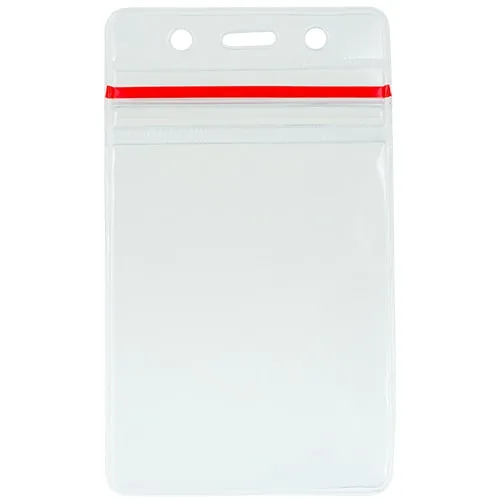
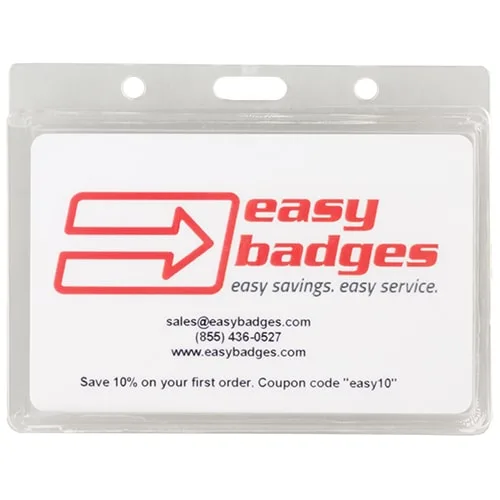
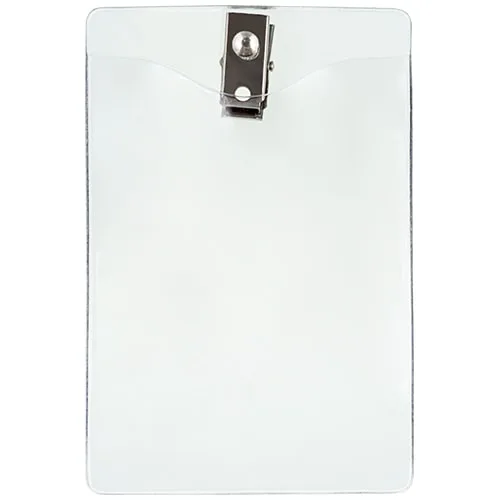
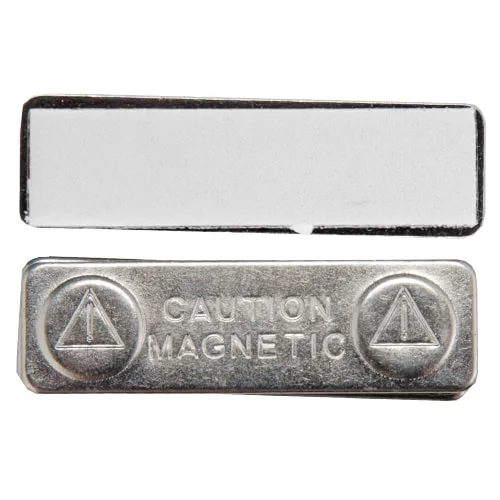

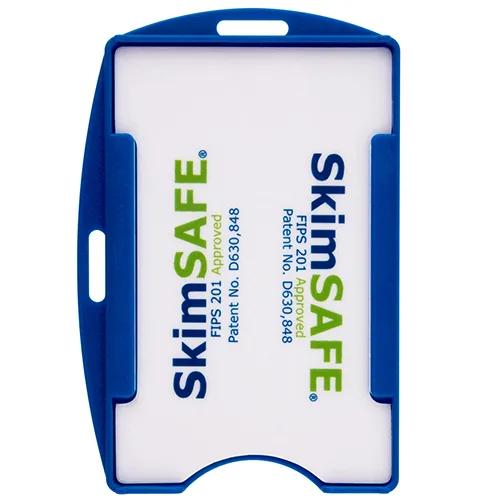
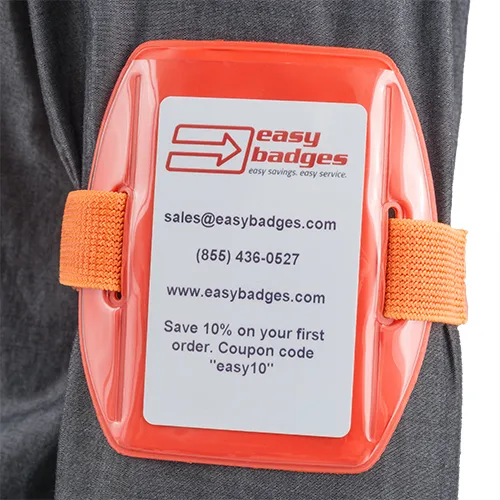
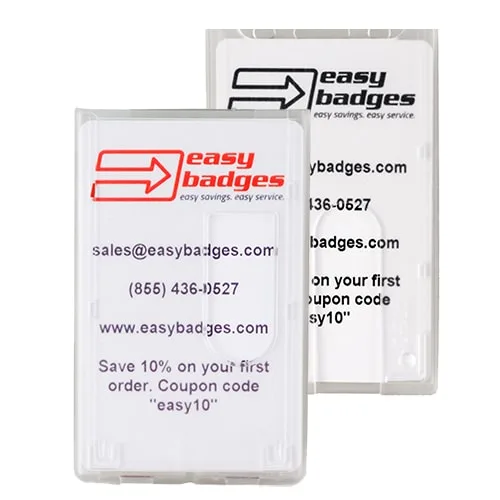
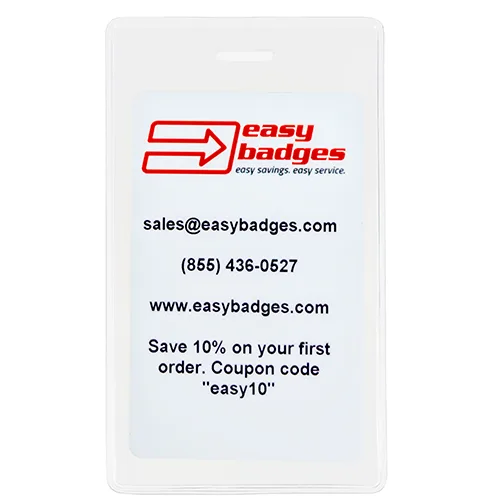
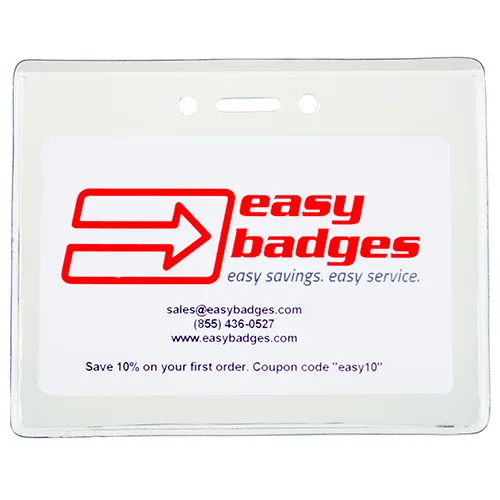
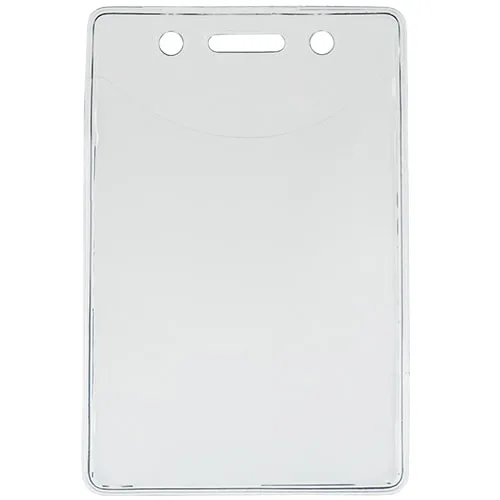
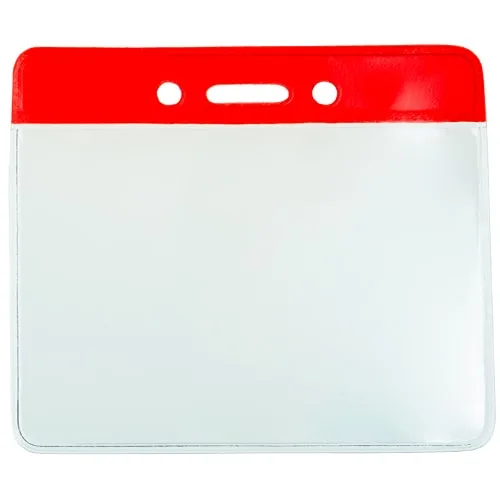
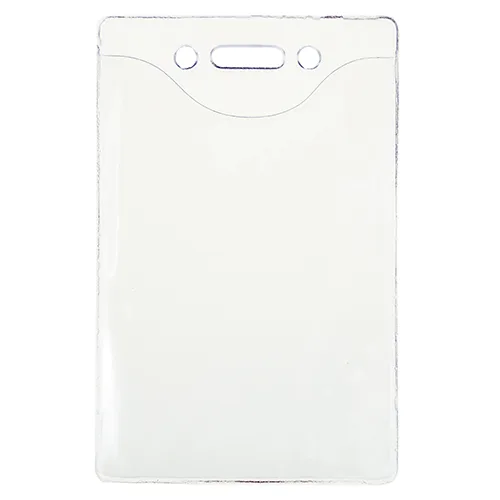
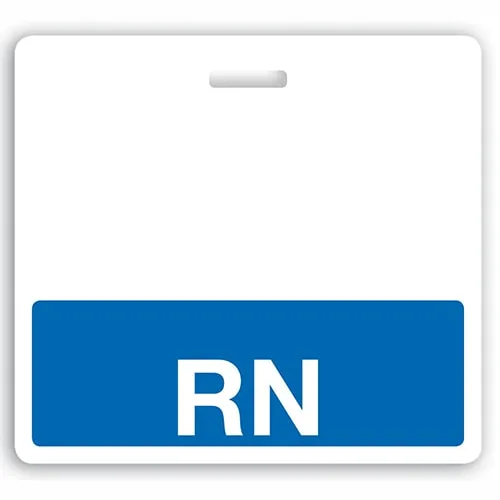
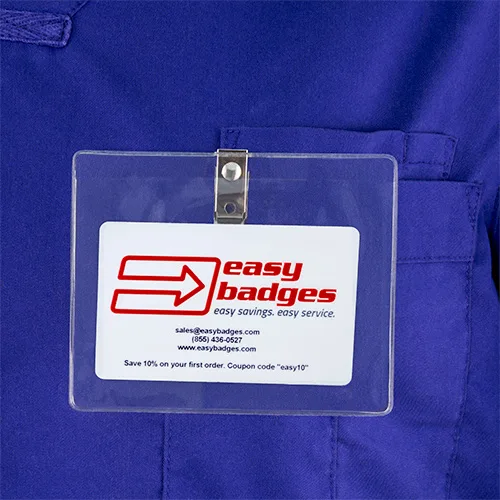

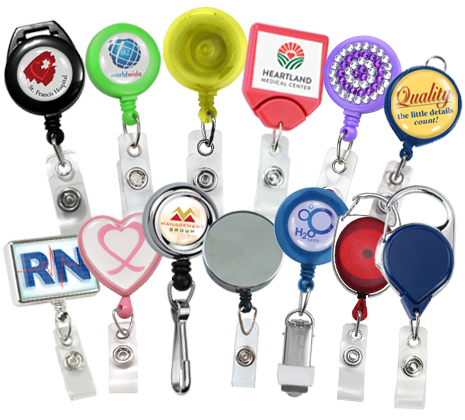


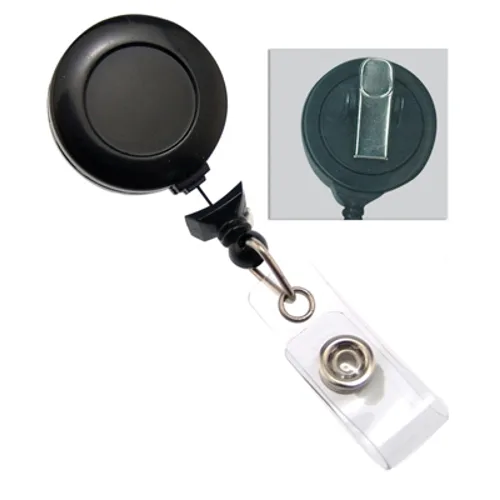
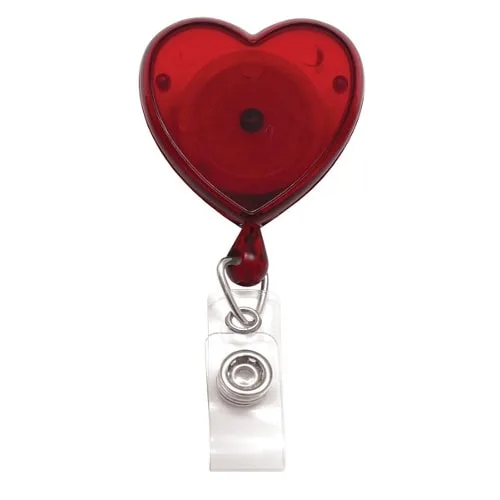
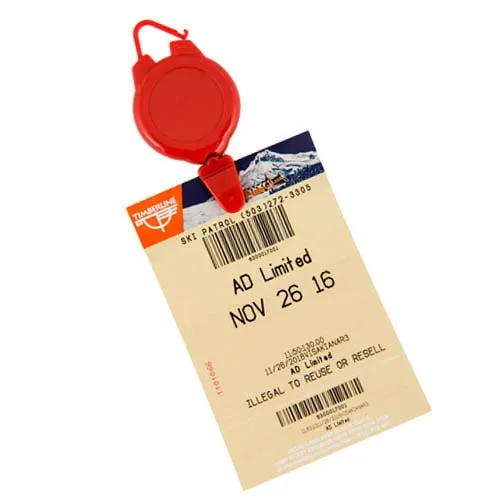

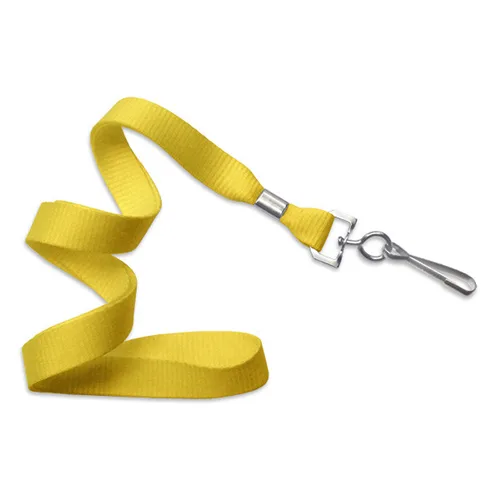

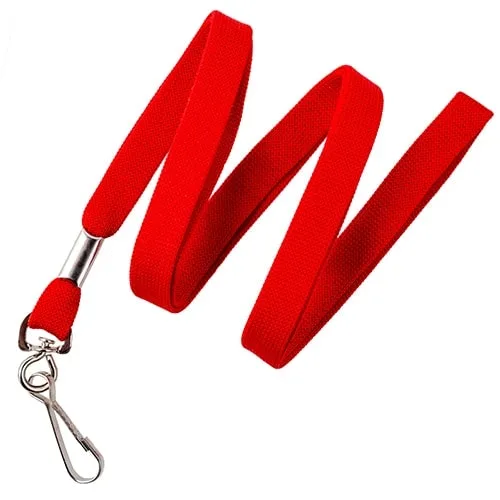
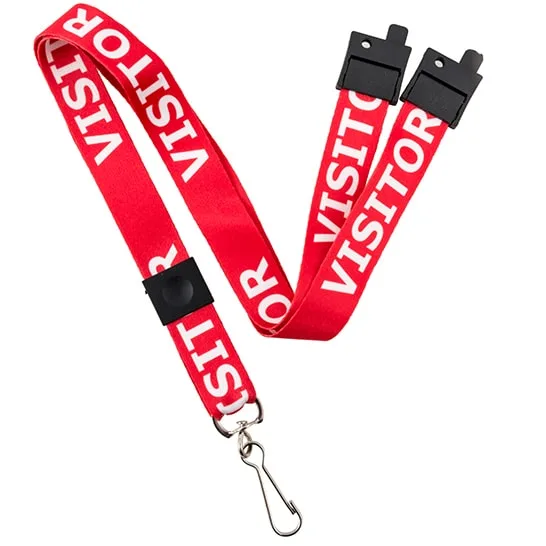




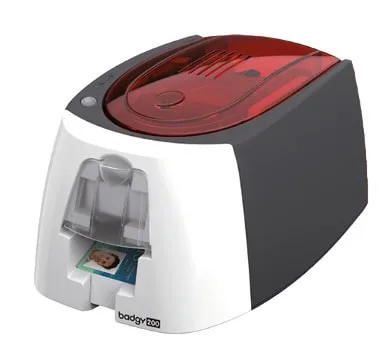
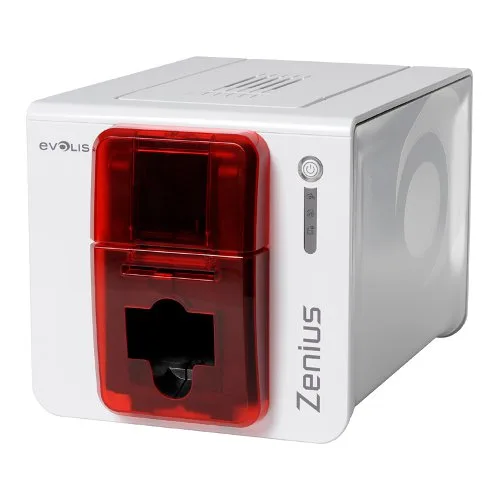
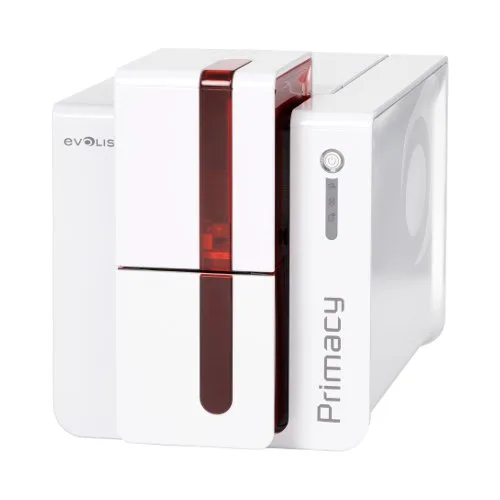

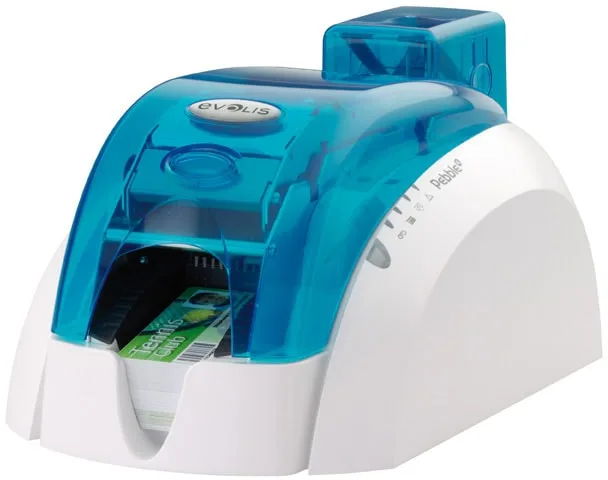
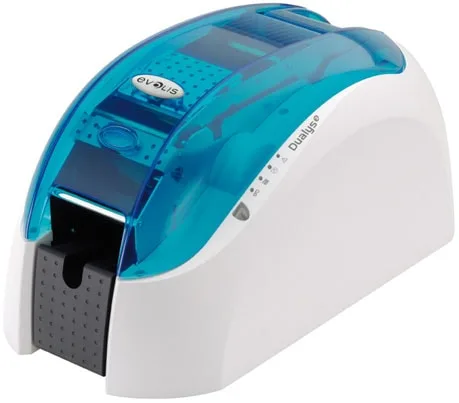

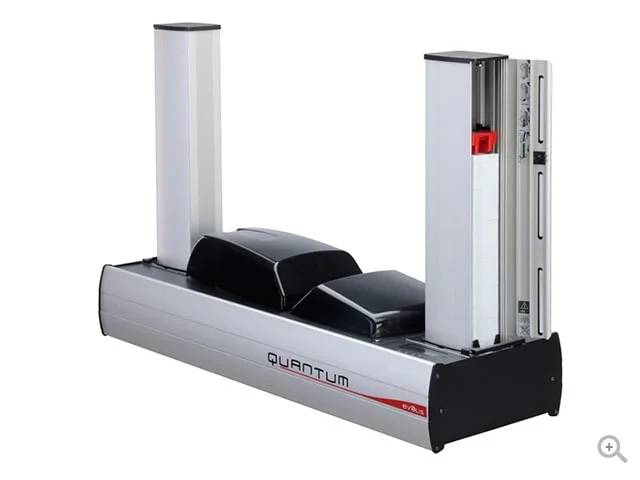
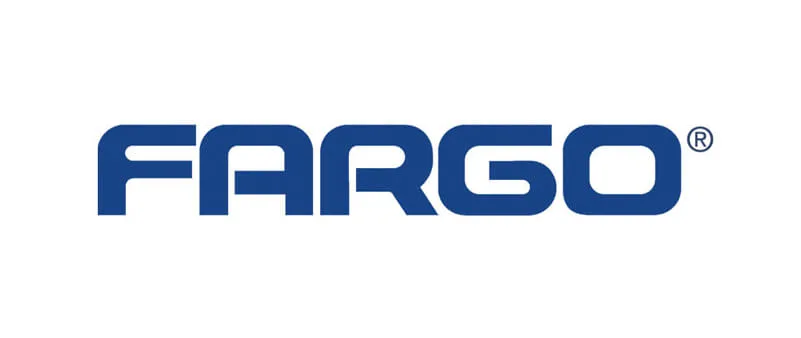




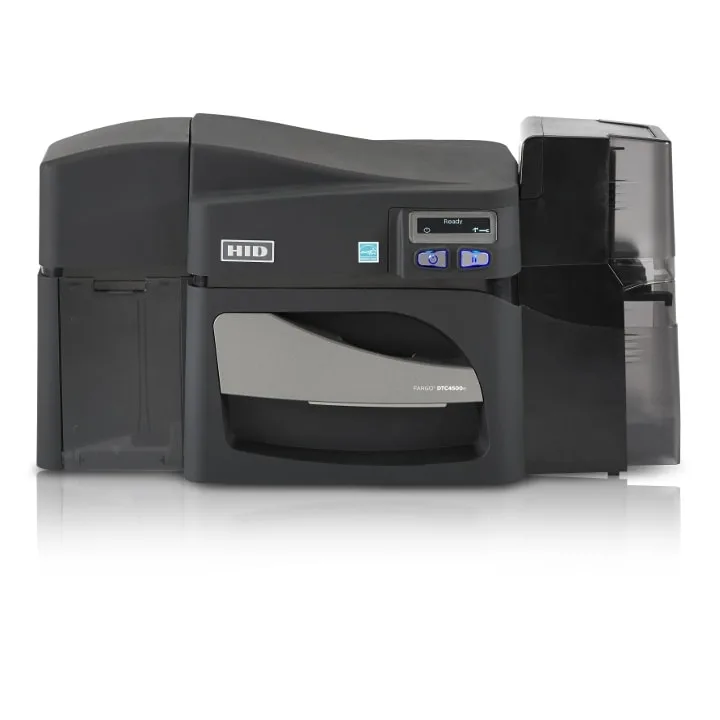
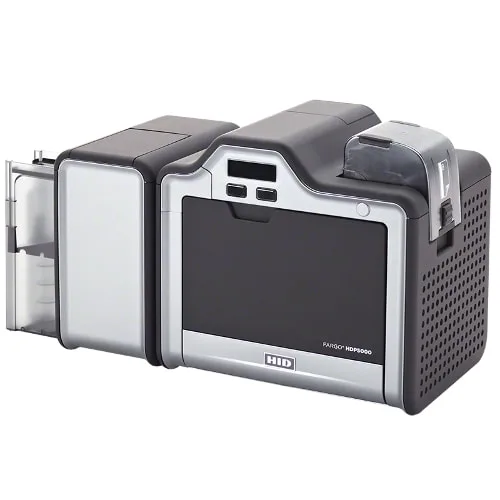
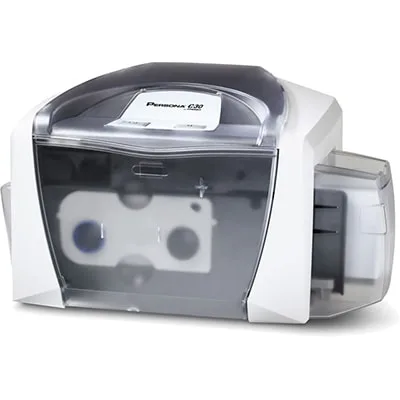
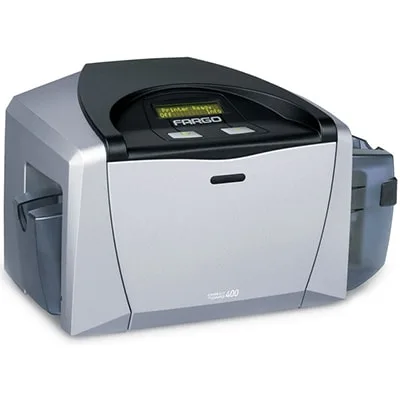
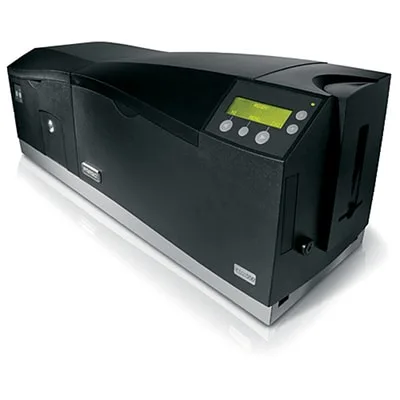
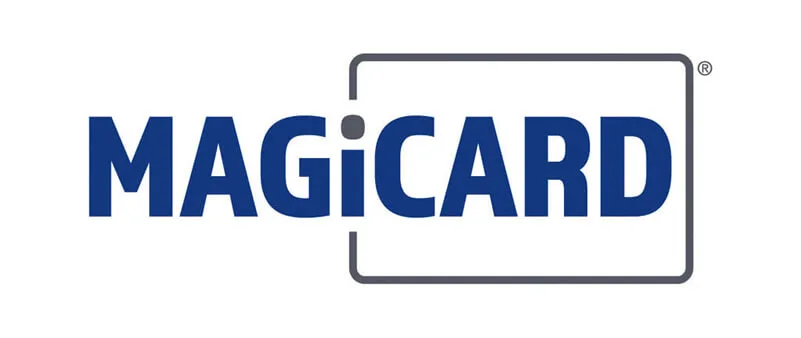


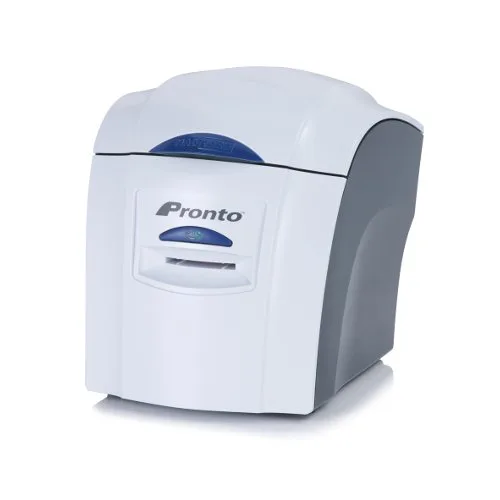

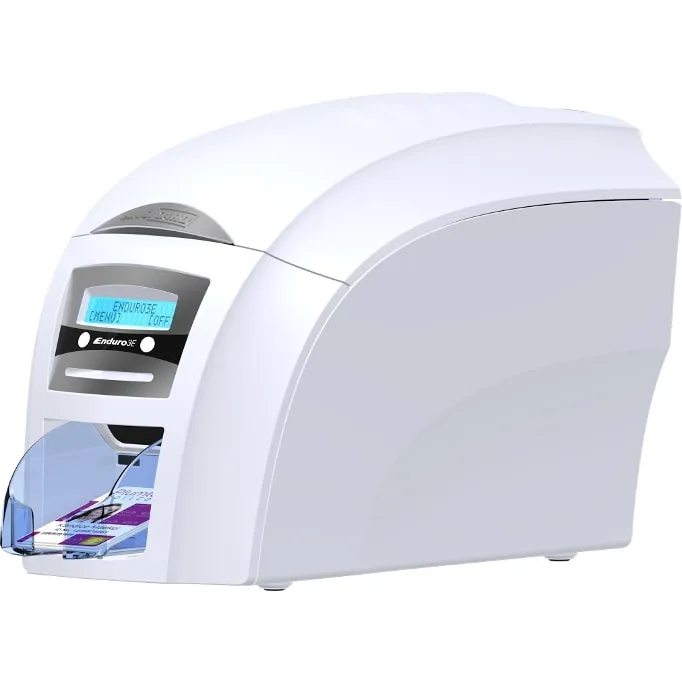
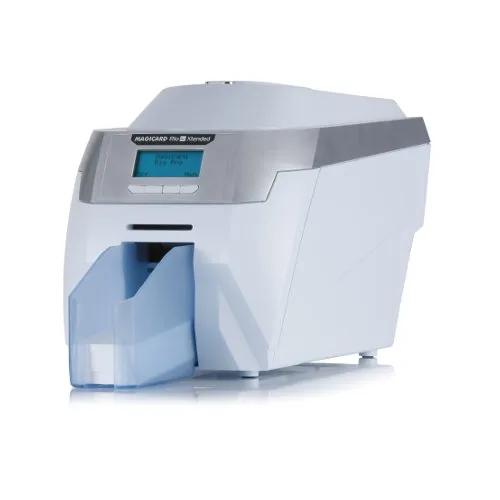
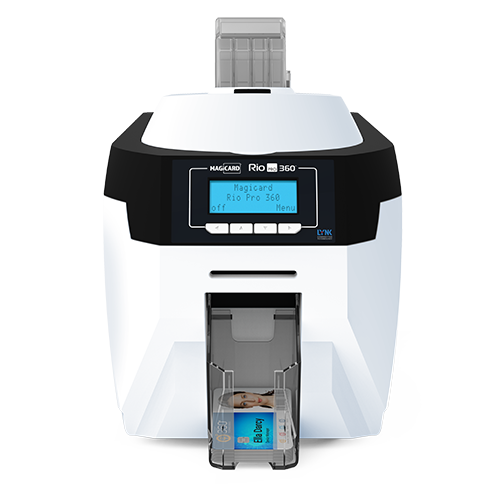

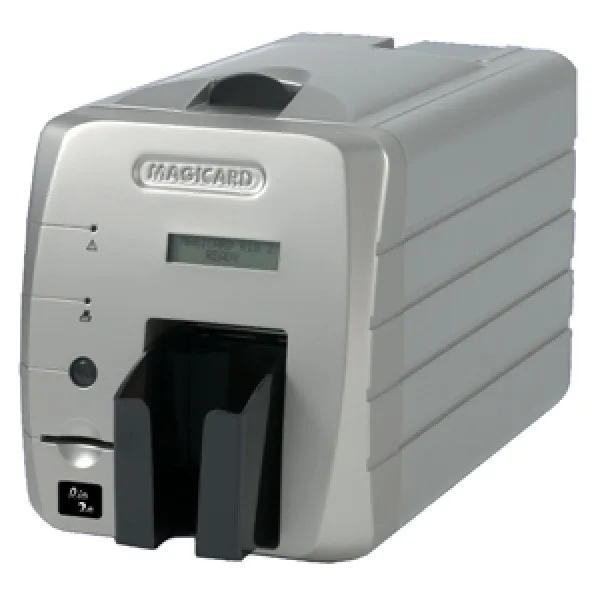
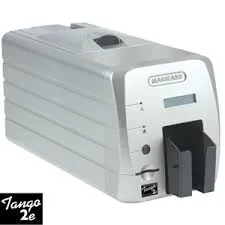




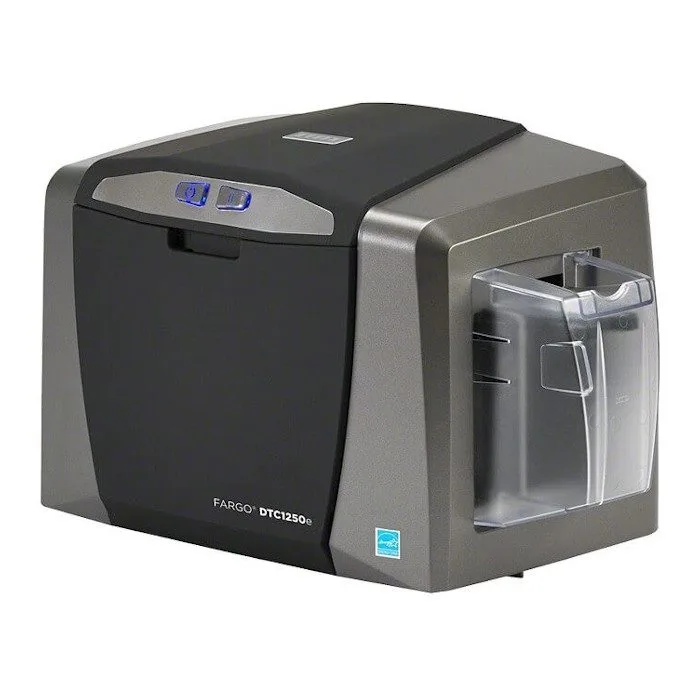
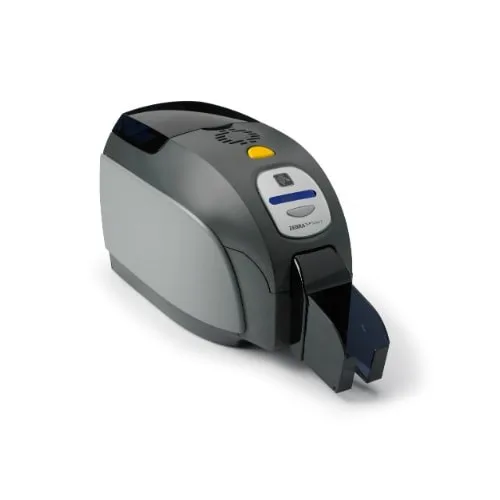
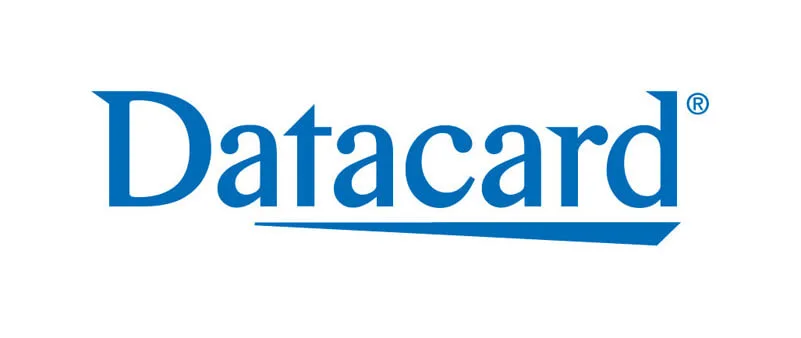
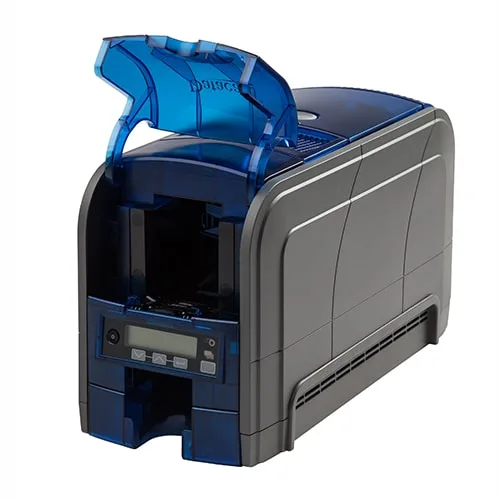
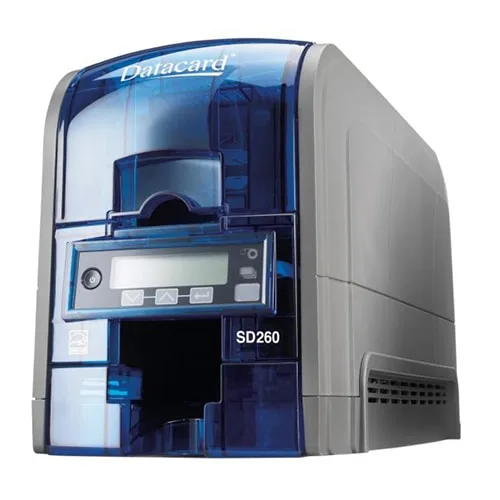
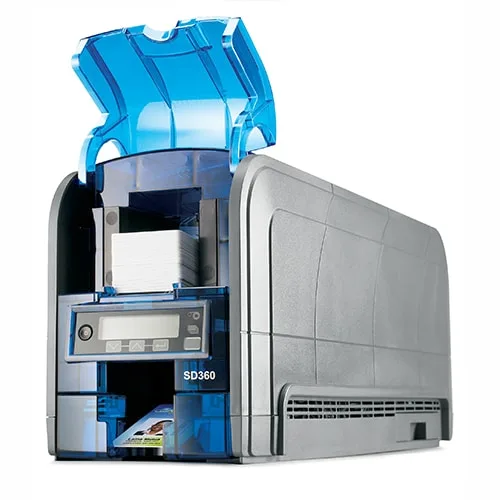
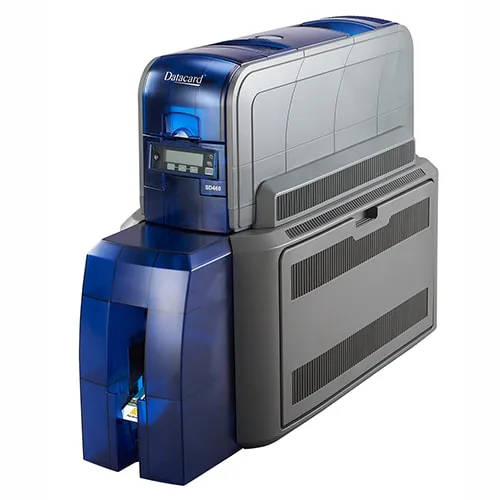


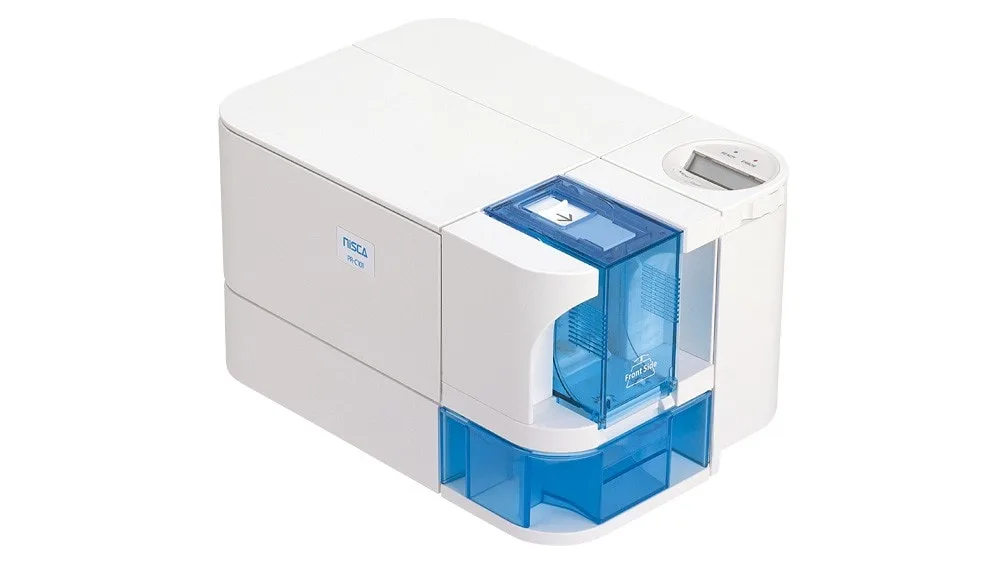
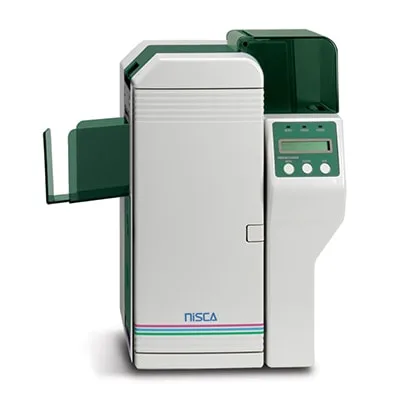
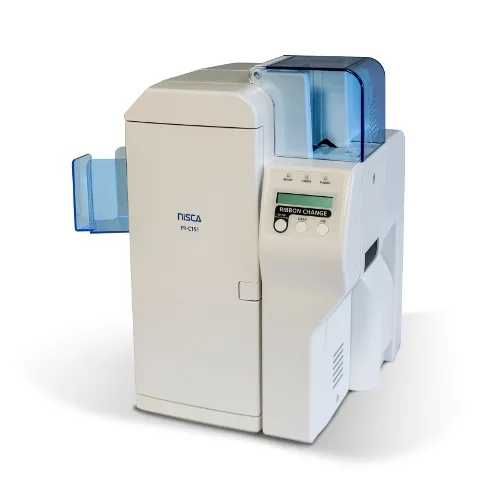
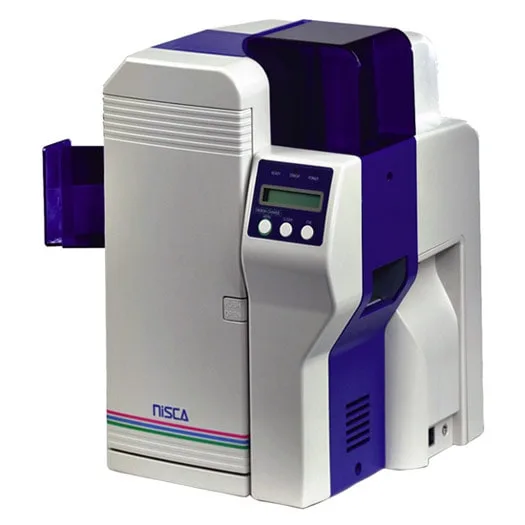
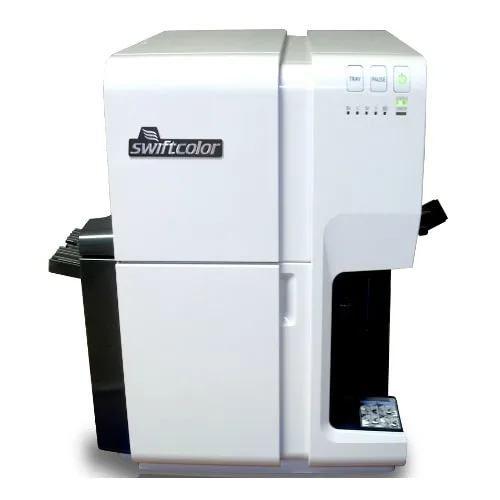
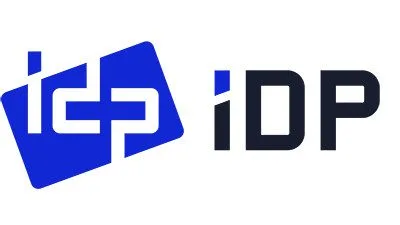

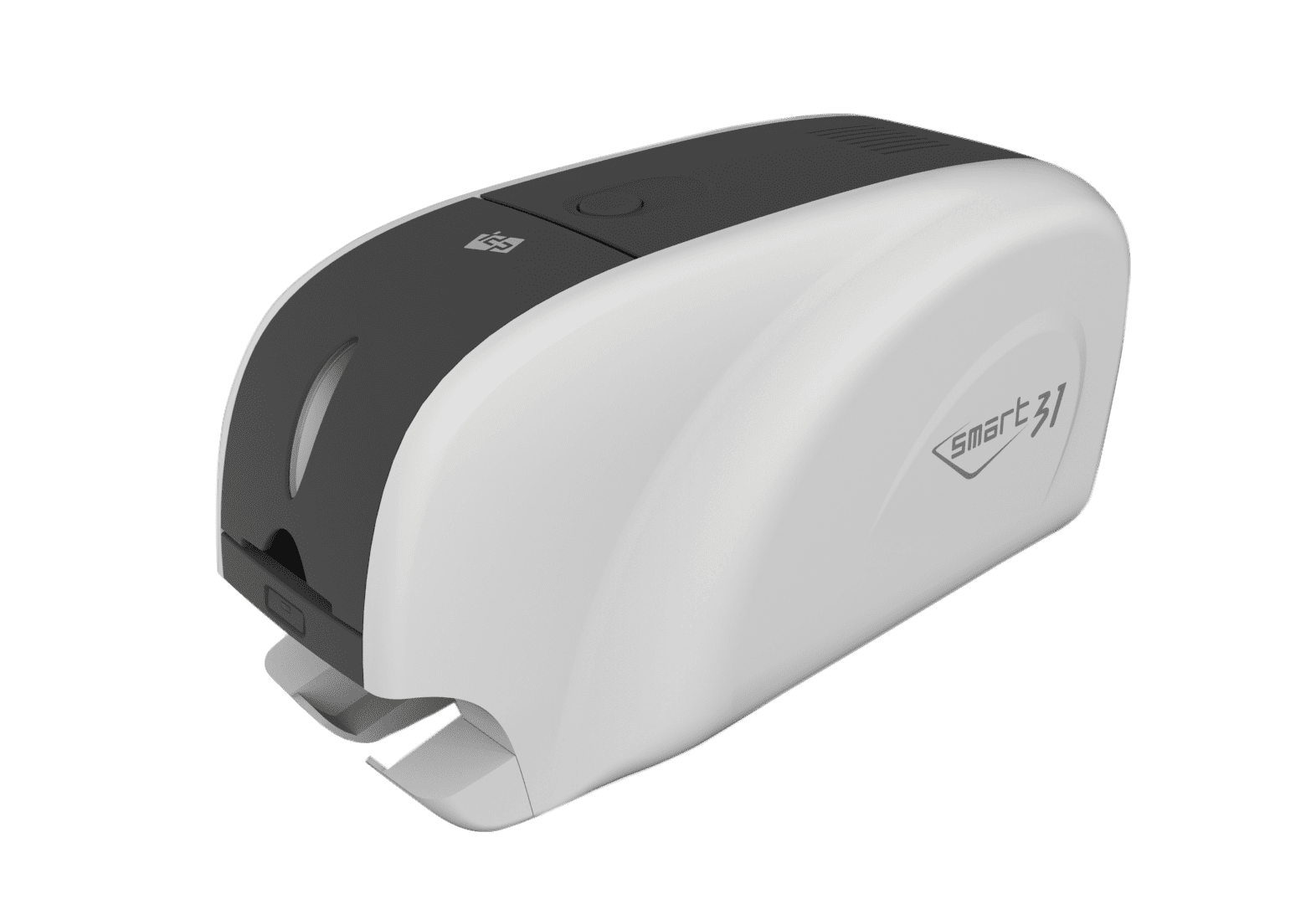
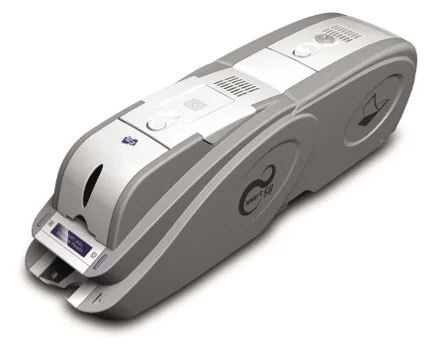
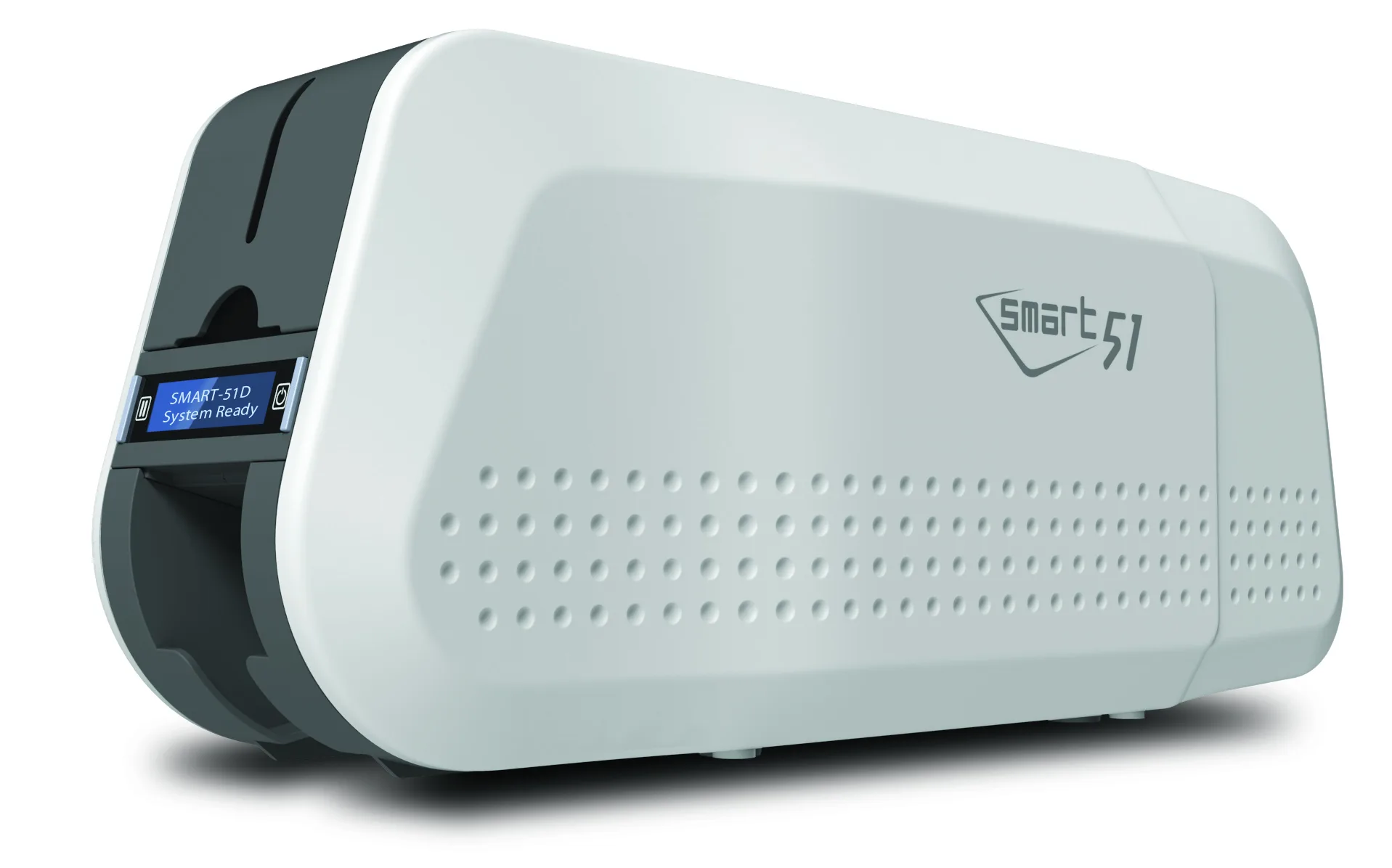
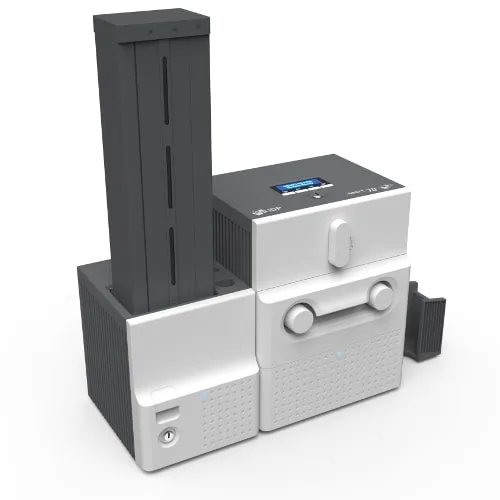

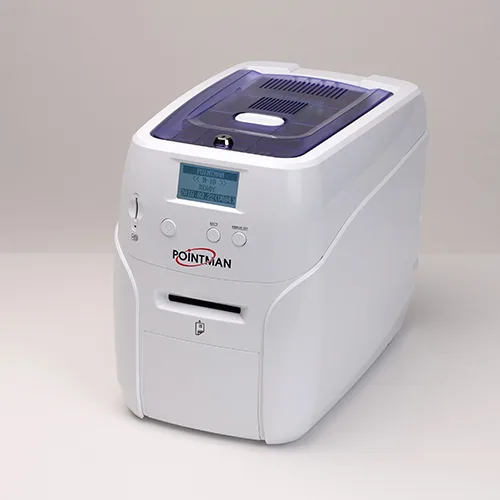
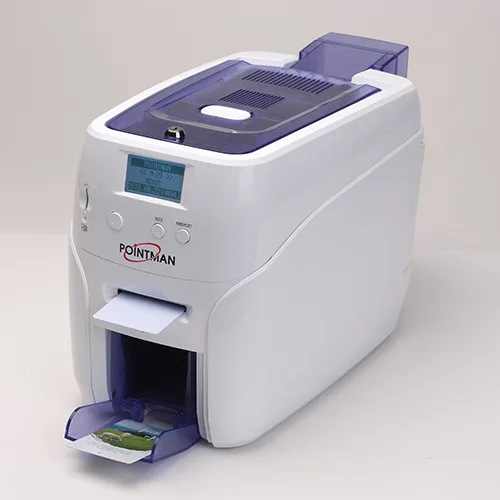

 Sales :
Sales :
 Sales :
Sales :


 Your Cart
Your Cart





